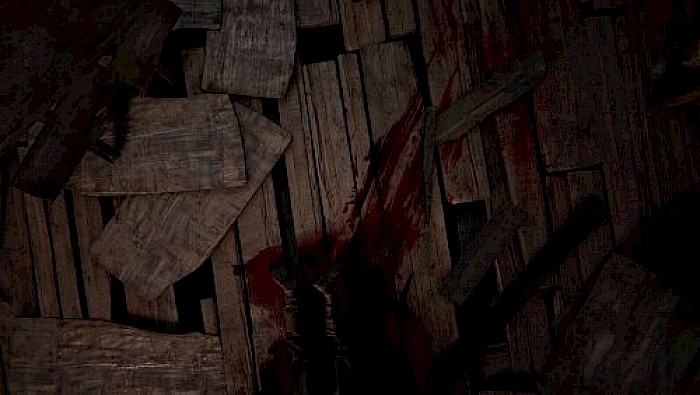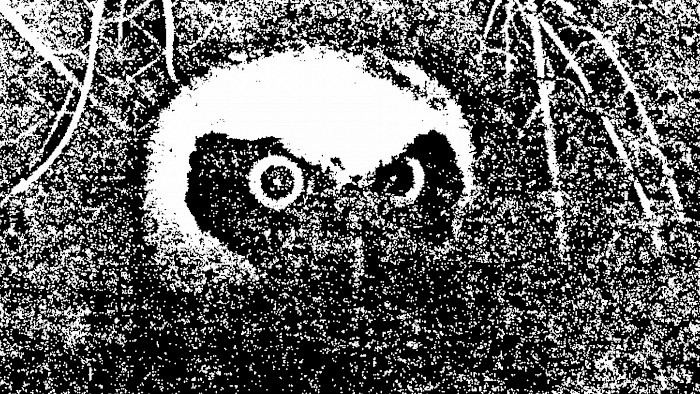Shown in Compétition #3.
Synopsis
Those Who Do Not Remember The Past Are Condemned To Repeat It is an experimental documentary investigating the intersection of People’s Temple (Jonestown) and the first-person survival horror game Outlast 2 developed by Red Barrel. Departing as the digital study of the game,this project attempts to recontextualize the relationship between the mass suicide of People’s Temple in 1978 and the game’s narrative. Composed by the archival materials from FBI and machinima.
Text from the selection committee
This film is a complex set of mirrors reflecting several categories of images. First of all, a base of reality: aerial views of English Guyana, archives showing the disorder reigning in the buildings of the community known as the Temple of the People in Jonestown, after the collective suicide of the vast majority of its members (more than nine hundred people) in November 1978, and photographs of investigators on a shooting. Then there are virtual images, those of a video game describing a scabrous universe where multiple signs evoke the omnipresence of marginal, non-conformist, mystical beings, and also showing piles of bloody corpses. And then there are mental images. Those that formed in the head of Pastor Jim Jones and his adapters, sketching the forms of a utopian community. Old recordings make us hear the voices of these lost and disappeared spirits. Finally, the images that are forming in our minds today, seeking to re-establish coherent relationships between all the others, contained in the film. But there is no coherence, only the very deep anguish aroused by the hypothesis of a world from which all “social-being-knowledge” would have disappeared, a world of irreconcilable bodies and minds forever torn apart.
Translation made by the translator www.DeepL.com/Translator
– F.T.
What is the starting point for your film? Why did you choose to work on this subject?
Those who do not remember the past are condemned to repeat it is one of my works in incorporating the video game Outlast series. In Outlast 2, the video game adapts the mass suicide of Jonestown as a reference and background. Originally, I wanted to make a work that purely used the footage I captured in the video game. However, after I researched Jonestown and browsed the archive of the FBI, I changed my mind and incorporated the archival materials in this project. For me, as a person who grew up with the religion of Catholic and Christianity, the subject of religion has been a personal and sentimental fascination. I believe this personal trajectory is crucial in making this work.
What technique did you use to create it? How did you think about the link between archive and digital images?
This project is composed of two major parts: one is the video game footage, and two is the archival materials. For the former one, I just used a modification code of the video game to capture different angles of the game environment. For the latter one, I selected the materials from the archive of FBI and some audio and image archive from Jonestown Institute. There are lots of audio recordings that convey a different side of the cult of Jonestown and I selected some parts and edited them with the visual archive and the game as a coherent journey. Throughout the working process of this project, I gradually have a refreshed understanding of the linkage between digital image and archive. The dynamics between archive and digital images constitute different possibilities for reconstructing the essence of auditory and visual experiences that is crucial in redefining the artistic paradigm in this epoch.
How long did it take to make your film?
It didn’t take long to compose the film. It just took me a month to compose the work. However, the thinking and research process is longer than the time of composing the work. As I remember, it took me a few months in the research on and off.



